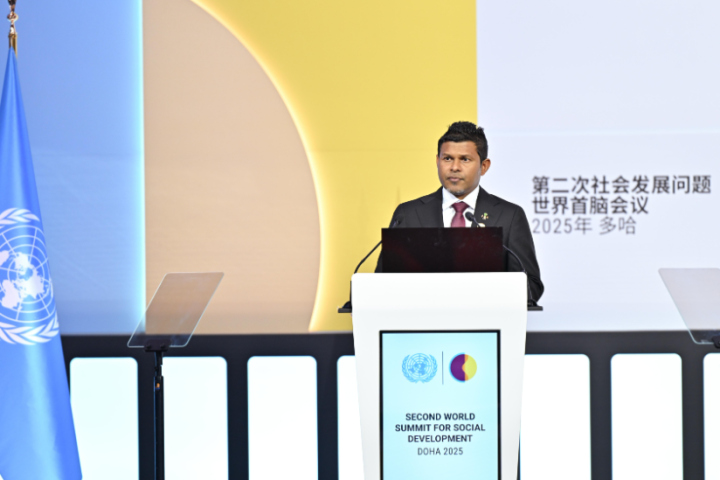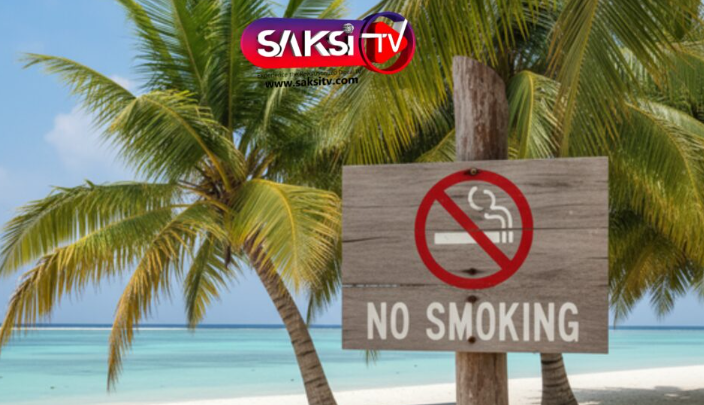MALÉ, Maldives — On Monday, an unusual political spectacle unfolded across the Maldives as three presidents — the current leader and two former heads of state — fanned out to different regions, each drawing distinct reactions from local communities. The simultaneous visits by President Dr. Mohamed Muizzu, former President Abdulla Yameen, and former President Mohamed Nasheed offered a striking snapshot of the nation’s dynamic and fragmented political landscape, a testament to the enduring influence of its past leaders and the competitive nature of its governance.
The day began with President Muizzu traveling to Lh. Olhuvelifushi, where he engaged with residents on development projects and reaffirmed budget commitments for the coming year. His reception was warm, reflecting support for his administration’s focus on infrastructure and economic stability. Meanwhile, in H.A. Dhidhdhoo, former President Yameen, despite skipping a court hearing related to a bribery trial, attended an awards ceremony, drawing a crowd eager to hear his calls for political reform. Over in Laamu Atoll, former President Nasheed made an appearance, though public details were sparse, aligning with his recent advocacy for pausing certain infrastructure projects and tackling corruption.
This rare convergence of presidential presence underscores the Maldives’ unique political plurality, a system shaped by its transition to a multiparty democracy in 2005. Before that, the nation operated under a system where individuals, rather than parties, dominated elections, a legacy of Maumoon Abdul Gayoom’s decades-long rule. The introduction of political parties brought a new era of competition, and the active roles of former presidents like Yameen and Nasheed illustrate how deeply past leadership continues to influence the country’s 185-plus islands.
Yameen, who served from 2013 to 2018, remains a polarizing figure. His tenure saw the construction of the Sinamalé Bridge with Chinese support and a temporary exit from the Commonwealth over human rights concerns, but it also ended with a state of emergency and his defeat in the 2018 election.
Nasheed, the country’s first democratically elected president from 2008 to 2012, has long been a voice for reforms, though his 2015 terrorism conviction — widely seen as politically motivated — forced him into exile before his return. Both men’s appearances on Monday signal their intent to shape the national conversation ahead of the coming local councils’ election.
The current political scene, led by Muizzu since his inauguration in November 2023, reflects both continuity and tension. His victory over Ibrahim Mohamed Solih shifted the balance toward a more conservative stance, strained by his “India-out” campaign that cooled relations with New Delhi. Yet, his administration faces the challenge of managing the economy and addressing regional disparities across the atolls.
The differing welcomes each leader received — from enthusiastic support to cautious interest — highlight how local sentiments vary, shaped by economic needs and historical loyalties.
This moment of political theatre is more than a coincidence. With the local councils’ election on the horizon, the simultaneous tours suggest a strategic effort by all three to assert influence over the nation’s future. For a country where governance often feels as scattered as its islands, the day served as a reminder of the Maldives’ lively democracy — and its former presidents in their ongoing stories.












